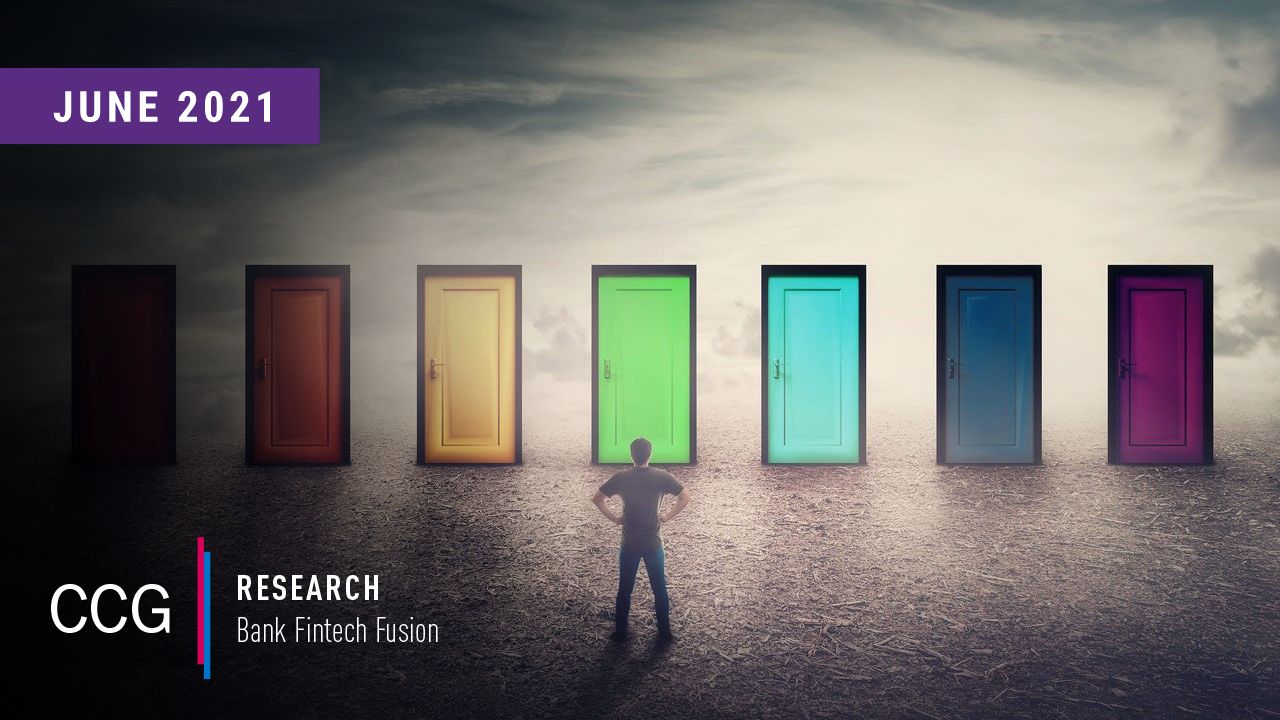Truist’s post-merger hurdle: Blending two cultures BB&T and SunTrust have touted the deal as a merger of equals, but the new entity must reconcile cultural differences to retain employees and clients, a consultant says.
BB&T and SunTrust will enter the new decade as Truist, having accomplished what the two banks set out to do in February, when they first announced plans to merge.
The deal, which involved Winston-Salem, North Carolina-based BB&T acquiring Atlanta-based SunTrust in a $28 billion purchase, became official this month, and is set to create the nation’s sixth-largest bank.
But the next hurdles to clear will be internal ones, Paul Schaus, president, CEO and founder of consulting firm CCG Catalyst, told Banking Dive.
Although the two banks have touted the deal as a merger of equals, Schaus said the new entity must reconcile any cultural differences to retain both employees and clients.
The CEOs of both merging banks will continue at Truist — former BB&T CEO Kelly King is now CEO of Truist, and former SunTrust Chairman and CEO Bill Rogers is now president and chief operating officer of the newly merged bank. This sets up a potential clash or mesh of styles, Schaus said.
“You have two entities that are both big. It’s not like one is small and they’re just being absorbed and the culture just gets forced,” he said. “When you get two that are pretty much equal in size, you have a cultural impact that takes time to figure out how it’s going to work. … So a new culture has to develop.”
The South is watching
Because the two banks operate in the same market, there will be some customers who specifically chose one bank over another for various reasons, Schaus said.
“People who bank with BB&T, and if they were ever SunTrust clients and vice versa, they might not like the merger, because culturally, they’ll say, ‘It’s going to go back to what it was when I left them,’” he said.
The average annual attrition rate for bank customers is 5%, according to a 2015 analysis by Gallup. But that figure increases to 8% at banks that are acquired, Gallup found.
Customer engagement from the acquiring bank plays a key role in how many customers choose to stay with the merged entity, the analysis found. If the acquiring bank has lower customer engagement than its target bank, customer attrition at the target bank can jump to as much as 10%, Gallup found.
Keep reading on Banking Dive.
Subscribe to CCG Insights.







